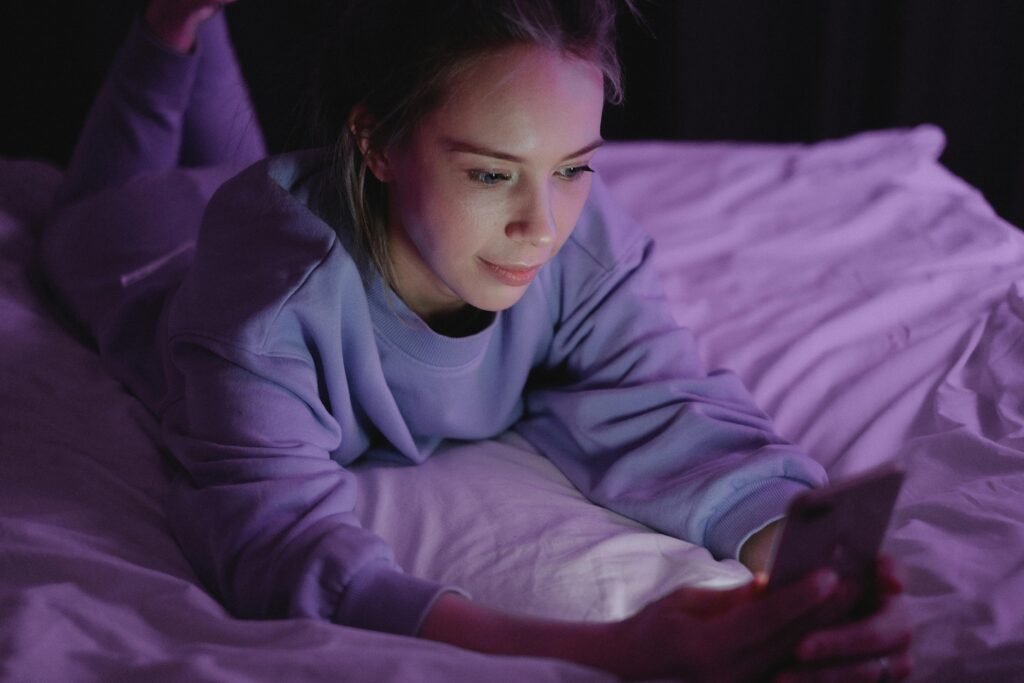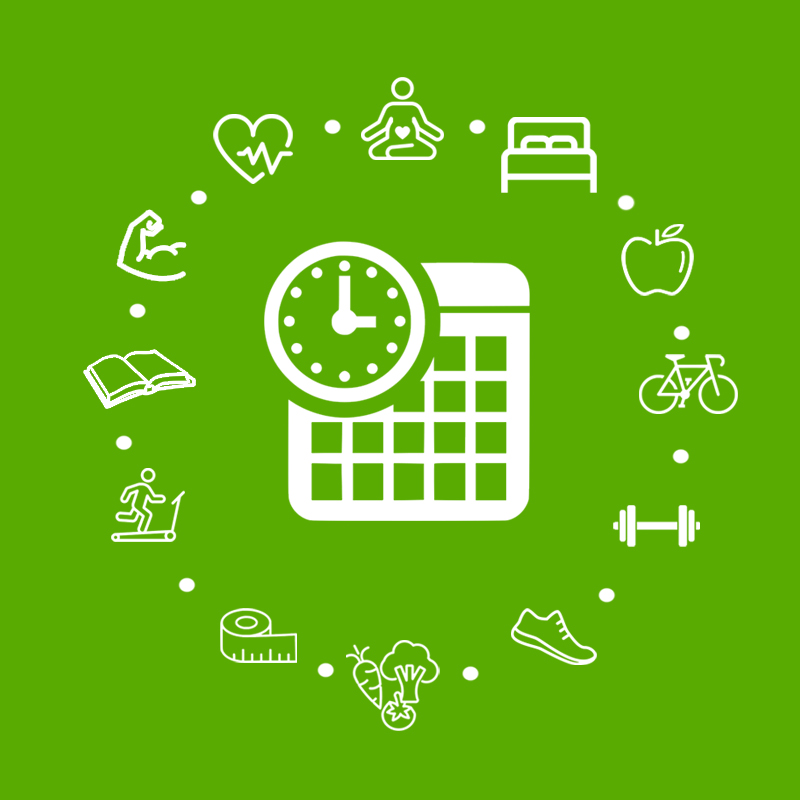

How to Balance Screen Time and Real Life in a Digital World
In 2025, our lives are more entwined with screens than ever before. Smartphones, laptops, tablets, and televisions have become part of our daily routine—for work, socializing, education, and entertainment. But with great connectivity comes great distraction. Many struggle to find a healthy balance between time spent online and engaging with the real world. So how do we reclaim control and create meaningful boundaries?
The Digital Dilemma: Why Screen Time Matters
First, let’s understand why balancing screen time is critical. The average adult spends around 7 hours a day on screens—sometimes more. Kids and teenagers often exceed recommended limits, with reports showing they can spend up to 9 hours daily on digital devices.
Too much screen time has been linked to eye strain, poor sleep quality, reduced physical activity, and higher risk of anxiety and depression. According to the American Academy of Pediatrics, excessive screen exposure in children can impact attention span and cognitive development.
Yet, screens aren’t all bad. They connect us with loved ones, deliver education, and provide entertainment and work opportunities. The challenge is navigating between productive or meaningful screen use and mindless scrolling or overexposure.
Signs You Might Be Overdoing It
Recognizing when screen time is becoming unhealthy is the first step. Common warning signs include:
- Difficulty focusing on tasks offline
- Feeling anxious or restless without your device
- Using screens to avoid emotions or social interactions
- Poor sleep patterns linked to nighttime device use
- Neglecting exercise or outdoor activities
If you relate to any of these, it’s time to rethink your digital habits.
Practical Ways to Balance Screen Time and Real Life
- Set Clear Limits: Use built-in screen time tracking apps on your phone or computer to monitor usage. Setting daily or weekly limits encourages mindful use.
- Digital Detox Periods: Dedicate specific hours or days as “screen-free” zones, especially during meals, before bedtime, or on weekends to recharge mentally and physically.
- Create Tech-Free Zones: Designate areas at home—like bedrooms or dining rooms—where screens aren’t allowed, fostering face-to-face interaction and better sleep hygiene.
- Prioritize Quality Over Quantity: Focus on meaningful digital activities—video calls with friends, online classes, creative projects—instead of passive consumption like endless social media scrolling.
- Engage in Offline Hobbies: Rediscover analog activities like reading physical books, gardening, or outdoor sports to stimulate creativity, physical health, and mindfulness.
- Practice Mindfulness: When you reach for your device, pause and ask if it’s necessary or just a habit. Mindful digital use helps reduce unconscious overuse.
- Use Blue Light Filters: To protect sleep quality and eye health, employ blue light filters or “night mode” on devices, especially if using screens before bed.
Surprising Facts About Screen Time and the Brain
- Research shows that heavy screen time can alter brain circuitry related to attention and impulse control—especially in younger users.
- Studies suggest that children who spend less time outdoors and more time on screens may have higher rates of myopia (nearsightedness).
- Using digital devices right before bed suppresses melatonin release, making falling asleep and staying asleep harder.
- Interactive screen use, such as video games or creative apps, can boost problem-solving and hand-eye coordination, contrary to the myth that all screen time is harmful.
- Social media can trigger dopamine-driven reward loops, leading to compulsive checking, similar to behavioral addictions.
The Workplace and Screen Time Balance
With remote and hybrid work models more common, screen time has surged. While technology enables flexibility and productivity, it also blurs boundaries between work and life. Overworking in front of screens can lead to burnout.
Strategies like scheduled breaks, standing desks, and encouraging offline meetings help employees avoid digital fatigue. Employers play a crucial role in fostering healthy screen habits through policies and wellness programs.
Mastering the Art of Balance
Balancing screen time and real life isn’t about demonizing digital devices—it’s about harnessing their power while protecting our mental, physical, and emotional health. By setting boundaries, practicing mindfulness, and prioritizing real-world interaction, we can thrive in the digital age without being consumed by it.
Take control today—monitor your habits, adjust where needed, and remember: screens are tools that should empower, not control, your life.
If this article helped you rethink your screen habits, share it with friends and family, and follow for more insights into healthy living in a tech-driven world.
Featured Image Credit: Photo by SHVETS production

Kodak Invented the Digital Camera in 1975 but Hid It to Protect Film Sales
Kodak invented the digital camera in 1975 but hid the invention because they feared it would Jeopardize Photographic Film sales.

The First Email Ever Sent Was Just ‘QWERTYUIOP’: Ray Tomlinson’s 1971 Test
The world’s first email, sent in 1971 by computer engineer Ray Tomlinson, wasn’t a profound message—it was a simple string of letters, possibly “QWERTYUIOP.” Yet, this seemingly meaningless test quietly ignited a communication revolution that reshaped how billions connect today. This article explores the birth of email, Tomlinson’s innovations including the iconic “@” symbol, and the humble beginnings of a tool we now take for granted.

How Scientists Are Using AI to Predict Natural Disasters
Natural disasters like floods, wildfires, hurricanes, and earthquakes pose immense risks worldwide, making accurate prediction crucial for saving lives and minimizing damage. In recent years, scientists have harnessed the power of artificial intelligence (AI) to transform disaster prediction, using vast data sets and advanced algorithms to detect early warning signs with unprecedented accuracy. This article explores how AI works in natural disaster forecasting, its successes, and the promising future of AI-driven disaster preparedness.

The World’s First Trackless Train Runs Without Rails in Zhuzhou, China
Zhuzhou, China, has launched a revolutionary transit innovation: the world’s first trackless train. Moving away from the traditional rails, this cutting-edge vehicle follows a virtual path marked by white dotted lines on the ground. With trials underway, this development promises to transform urban transport by blending the charm of trains with the flexibility of road vehicles.





